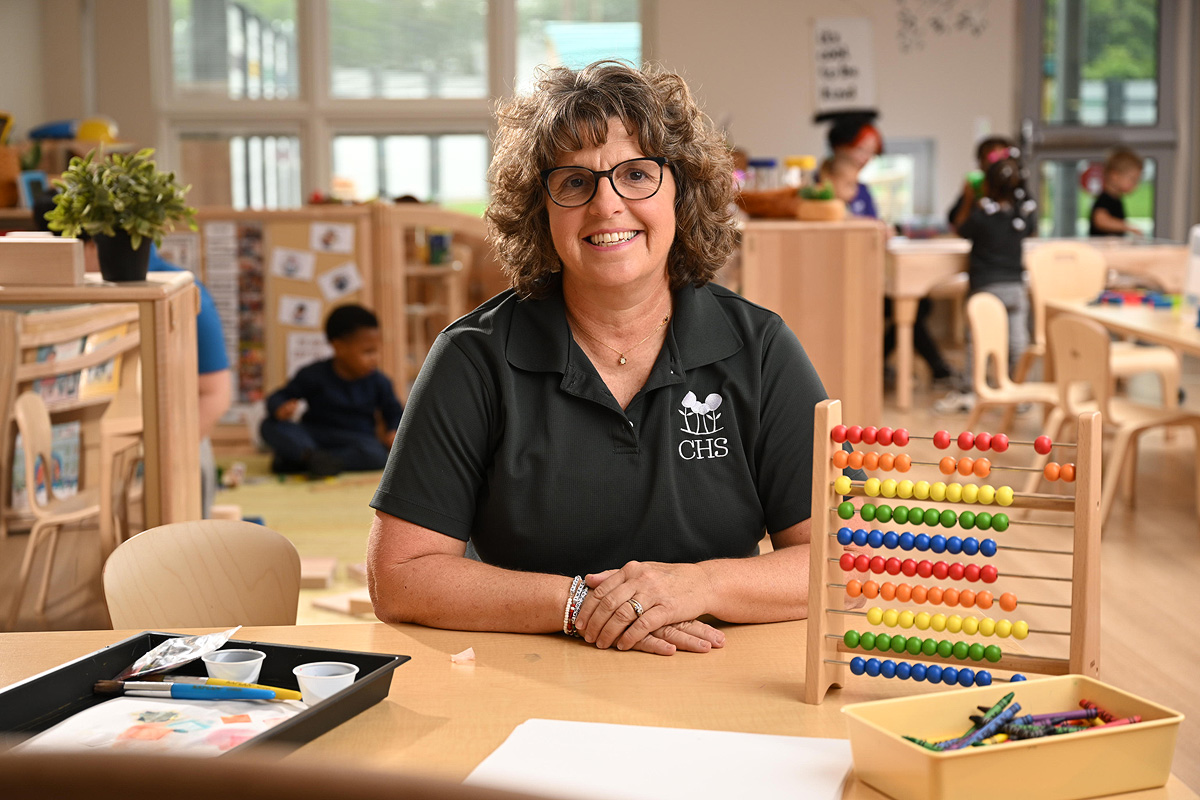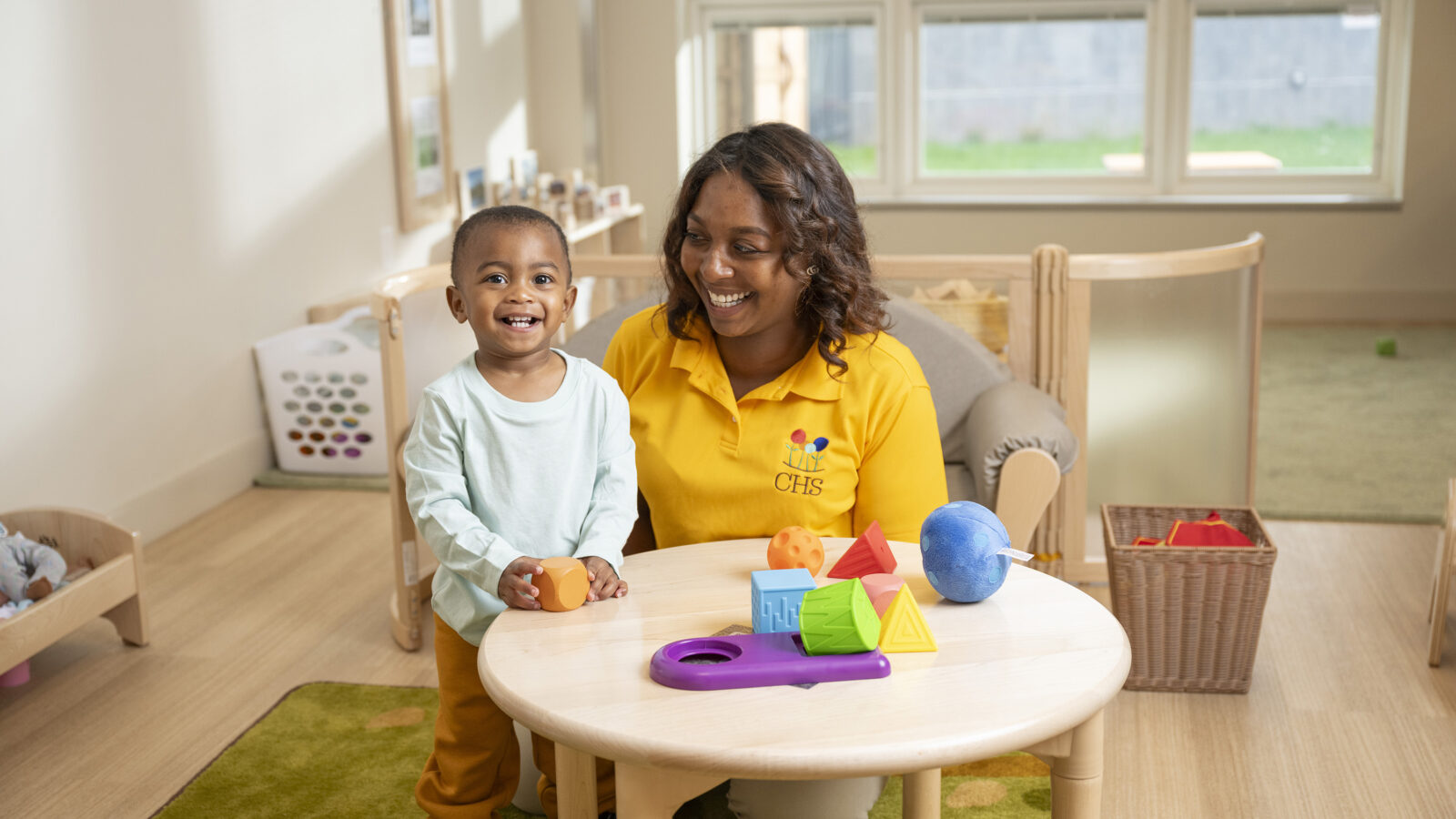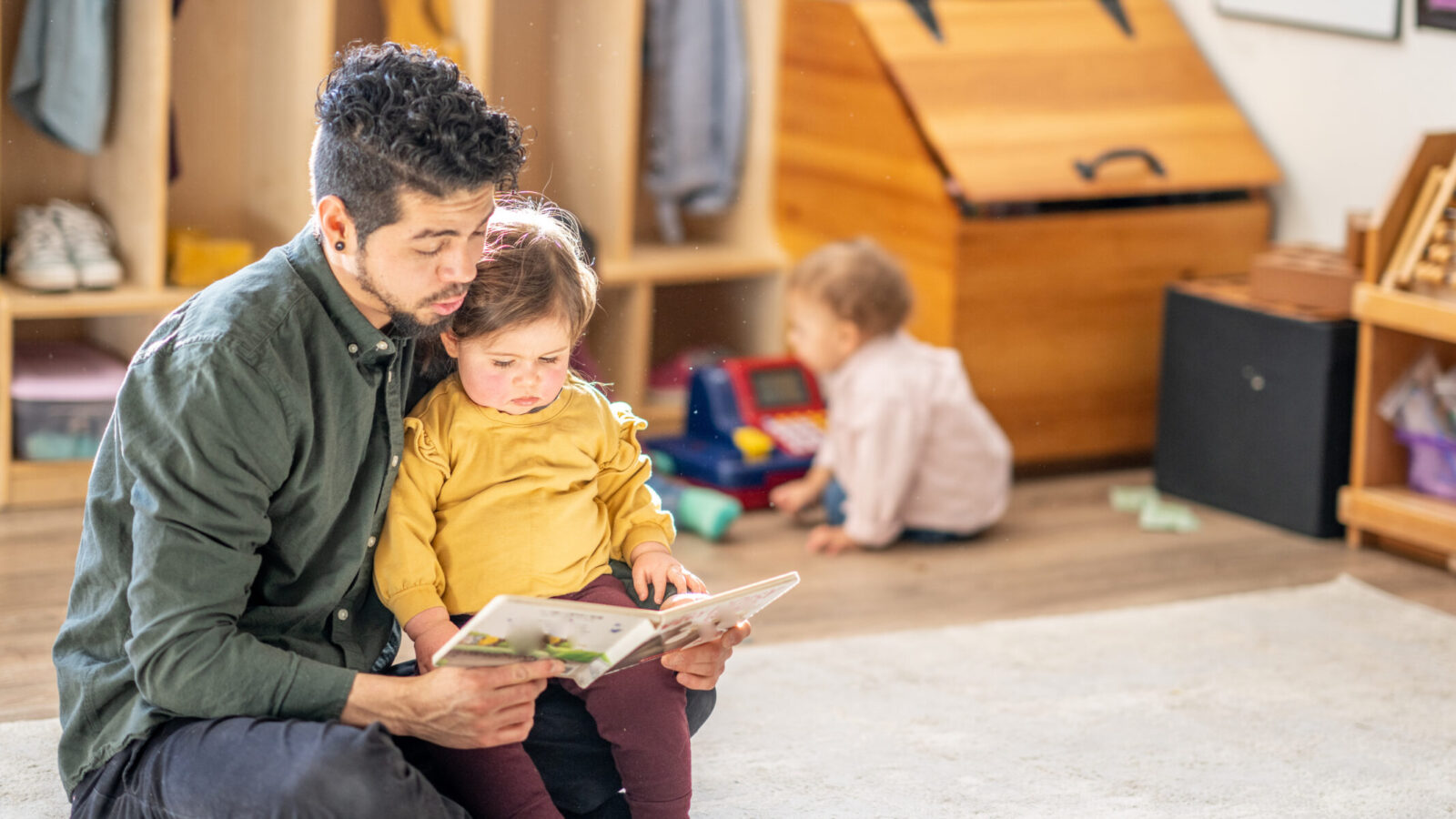Why the Week of the Young Child Should Last All Year

Every year, the National Association for the Education of Young Children (NAEYC) sponsors the Week of the Young Child at the beginning of April. The week of activities for families, teachers, and communities encourages family engagement and inspires people to come together to meet the needs of the children in their local communities. Activities include “Music Monday” to get children singing and dancing to develop literacy and social skills while having fun with family and friends, and “Family Friday” for communities to celebrate families and the role they play as children’s first teachers.
The Week of the Young Child shines a spotlight on what early childhood educators are focused on all year long: the impact of early childhood education, reminding communities to value the early developmental years and educating families on resources they can access to have fun. All of this while boosting their children’s opportunities to learn, explore, and grow. Early learning opportunities can be amplified and promoted, not just in an educational setting, to get teachers, families, and communities excited about cultivating the next generation of leaders.
Whole Family and Community Involvement
For those who are not familiar, The Week of the Young Child allows organizations and communities to push forward the adoption of the two-generation approach. This goes beyond child care, and addresses the physical, mental, social, and financial needs of both children and families or caregivers, to set the entire family up for long-term success. The week creates opportunities for activities that get the whole family involved as children build together, cook together, create, and celebrate together with their families.
These activities can have long-term results. Experts in art and art education report that children from low-income families that are highly engaged in art are twice as likely to graduate college than their peers with no arts education. “Artsy Thursday” encourages families and communities to expose children to open-ended art projects that allow them to make choices, use their imaginations, and create with their hands. This is an opportunity for children to learn, and equally important, for families and communities to learn the value of art and high-quality early childhood education. Beyond the Week of the Young Child, families can continue to reference the resources and activities to keep fostering their children’s creativity.
The Week does not end at encouraging families and communities to work together to strengthen a child’s approach to learning. “Work Together Wednesday,” extends to advancing the early childhood education profession with activities such as community members writing letters to elected officials on the importance of investing in early childhood education. NAEYC’s national initiative “Power to the Profession” brings together a task force of organizations to establish professional guidelines for early childhood educators, including a framework for career planning, competencies, standards, compensation, and more. Discussion, connection, and learning among the professional community is amplified through NAEYC’s forum platform “HELLO,” a space for members to share ideas and speak about important early childhood education issues. You can get involved with the conversation and network with peers here.
Whole family and community involvement is critical to further the success and advancement of early childhood education. According to research from the Learning Policy Institute, investments in quality preschool programs bolster student success, ranging from positive effects on early literacy and math skills to a child being less likely to be held back in grade school. These results alone are enough to celebrate the early education of young children all year long. This is an endeavor that has a much more significant impact when families, communities, and organizations all come together to invest in increasing quality early education for all children.
“Alone we can do so little; together we can do so much.” – Helen Keller
How You Can Get Involved During the Week of the Young Child
The goal of the Week of the Young Child is to promote early learning and expose children and families to a variety of experiences that are critical in shaping young minds. Early childhood education gives a child a strong foundation before entering grade school and keeps up their learning momentum as they head into their high-school education and beyond.
It is important to create more opportunities and not only acknowledge that more can be done, but to act on it. Throughout the entire year, early childhood education organizations can continue to amplify the possibilities and benefits of engaging children and families in the early years—and see this as a priority.
No matter the size of the action to extend the philosophy of The Week of the Young Child and improve the early childhood education atmosphere, it can leave a lasting impact on the outcomes of the children being served.
Stay in touch by subscribing to our newsletter to receive updates and highlights from our Professional Resources blog.




